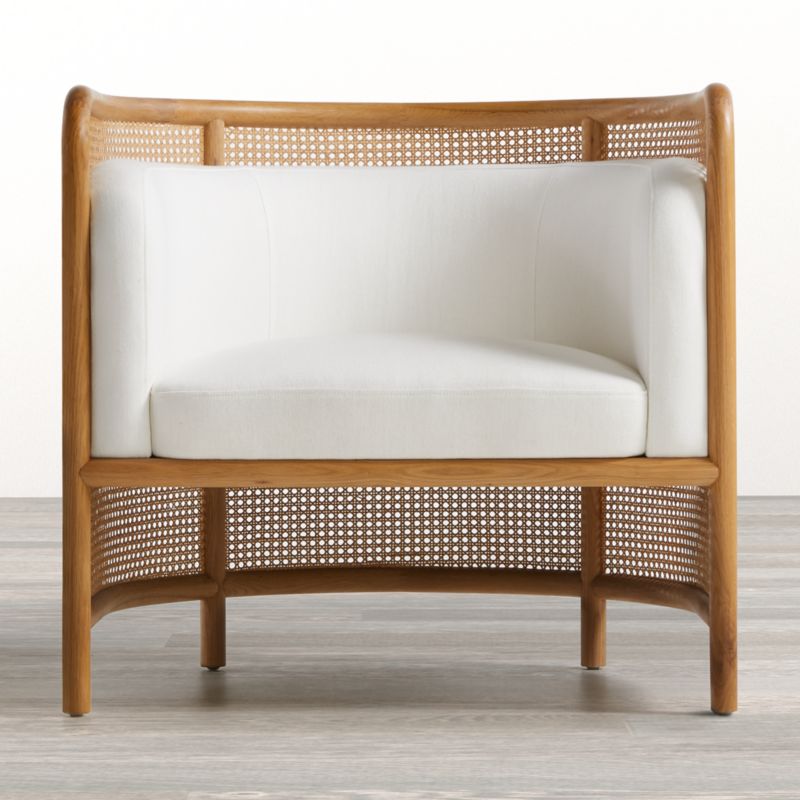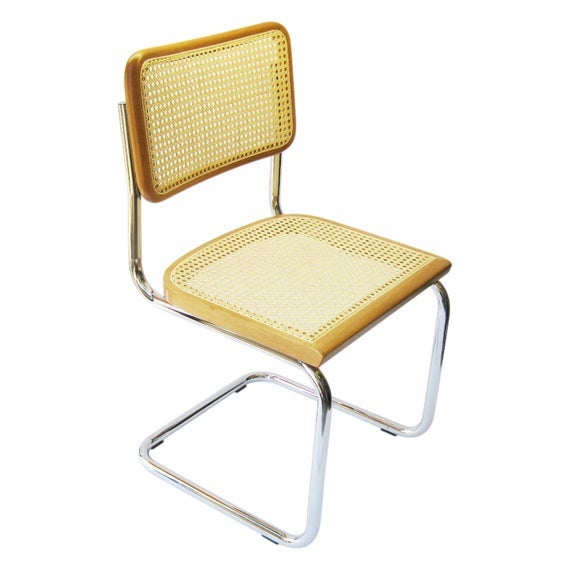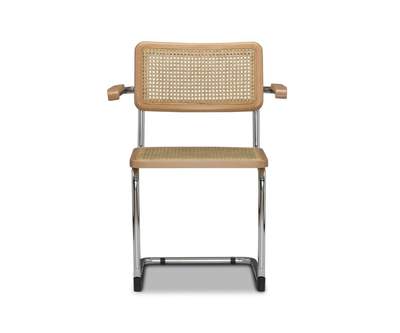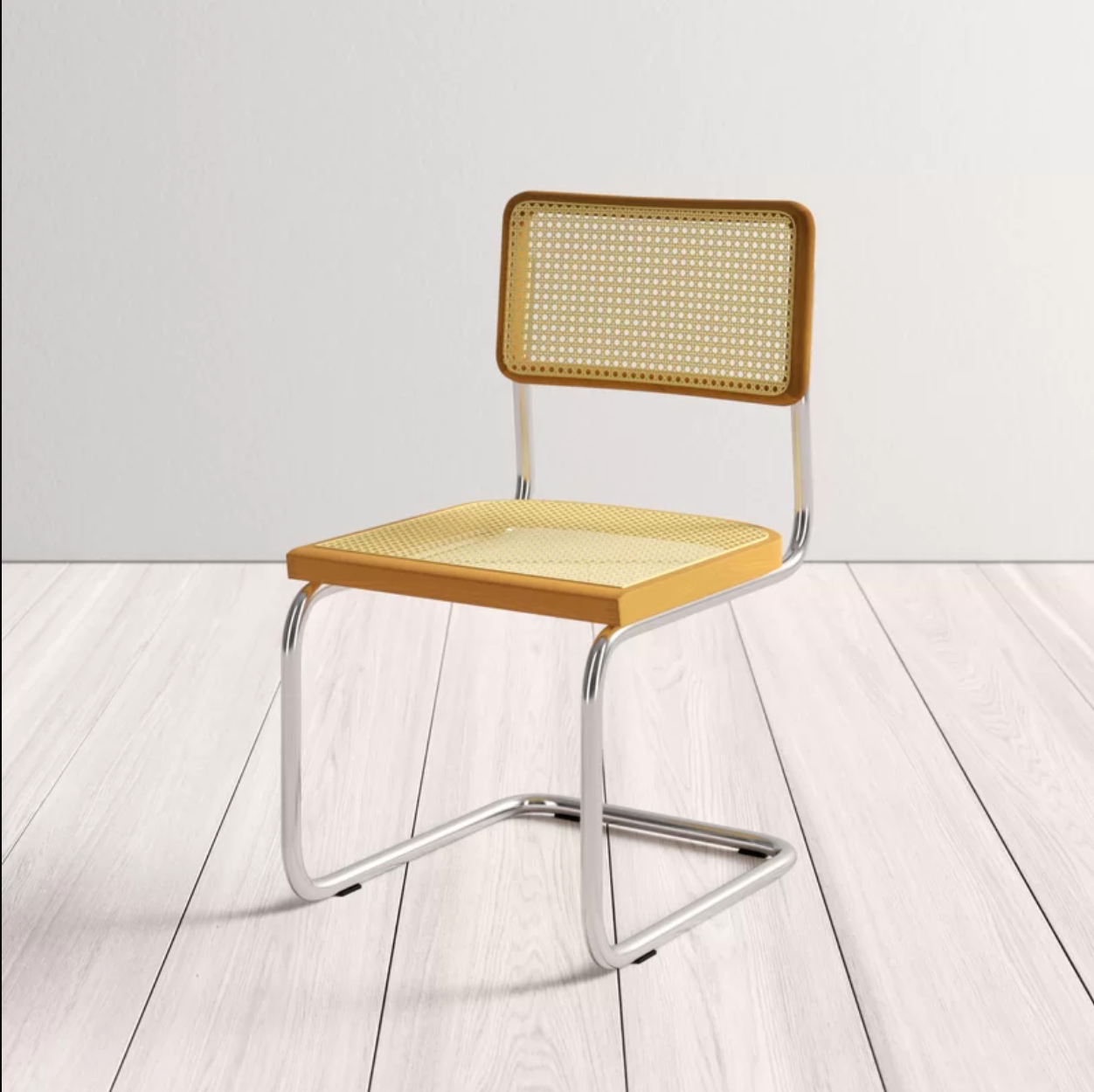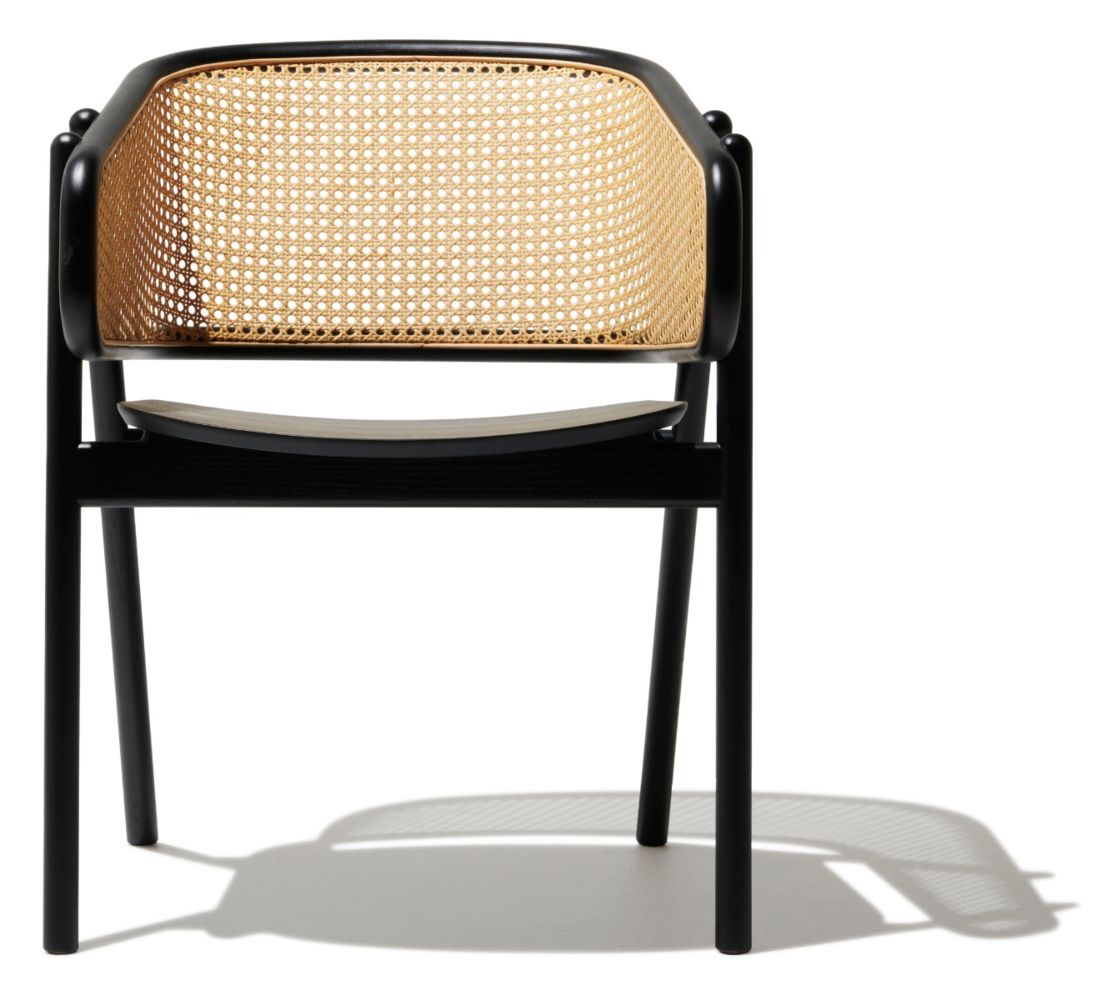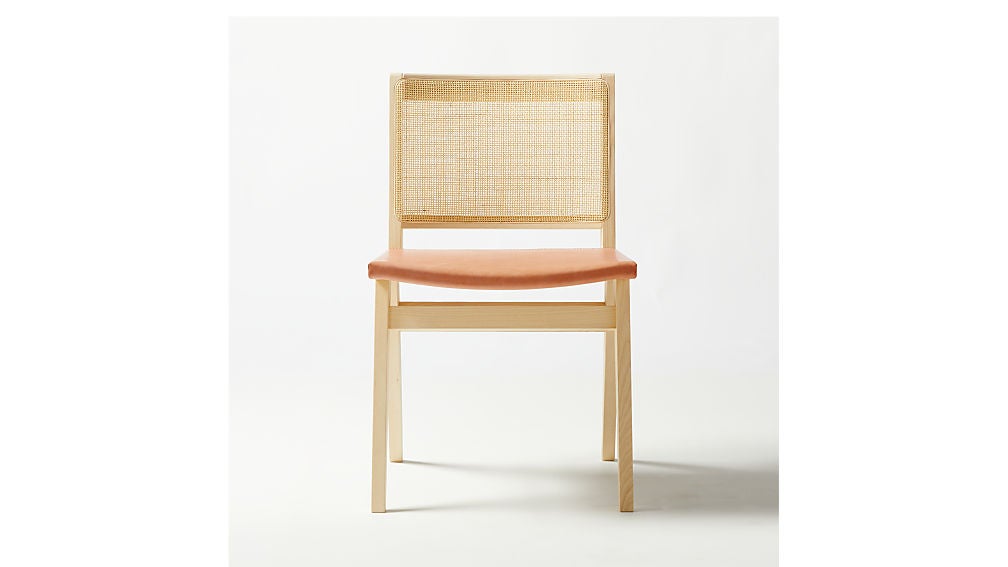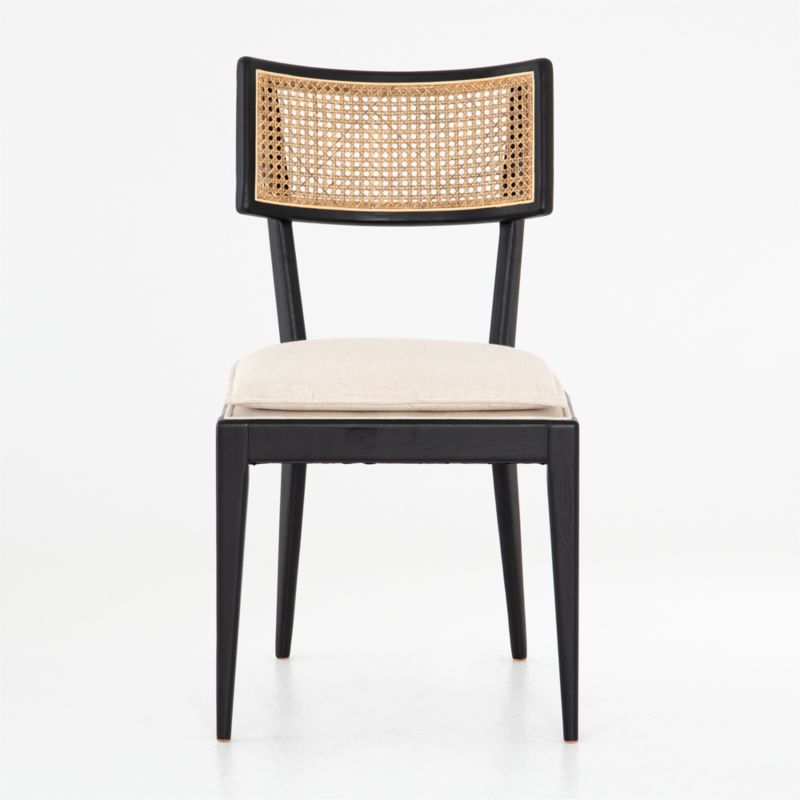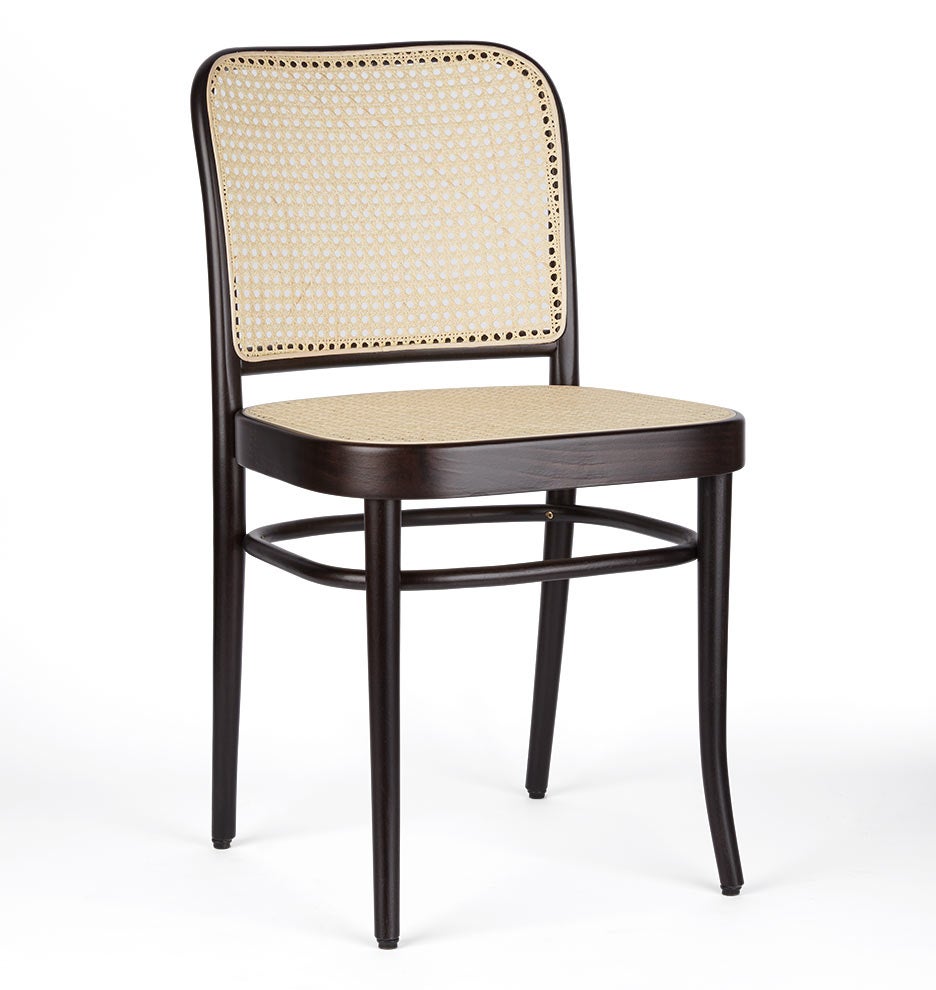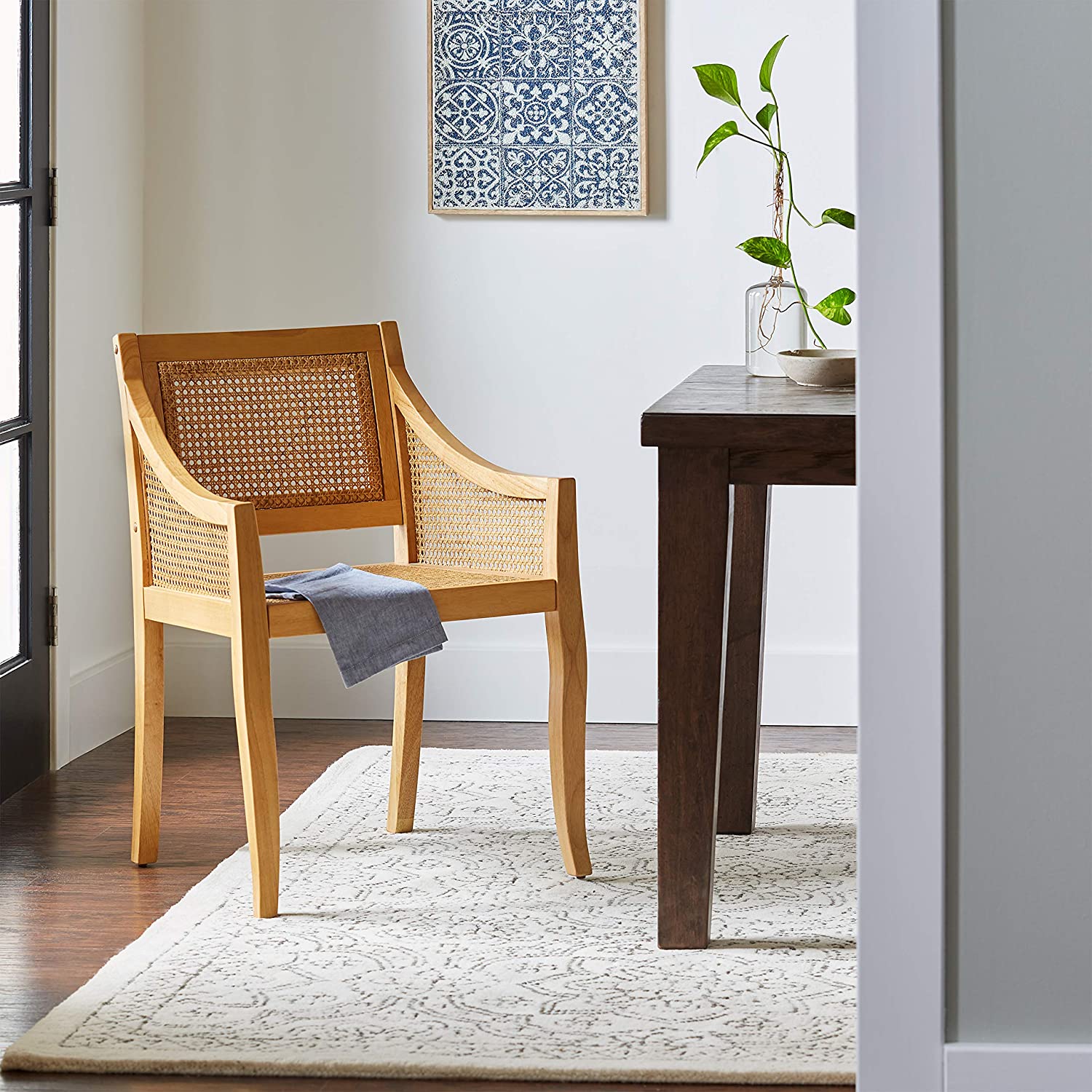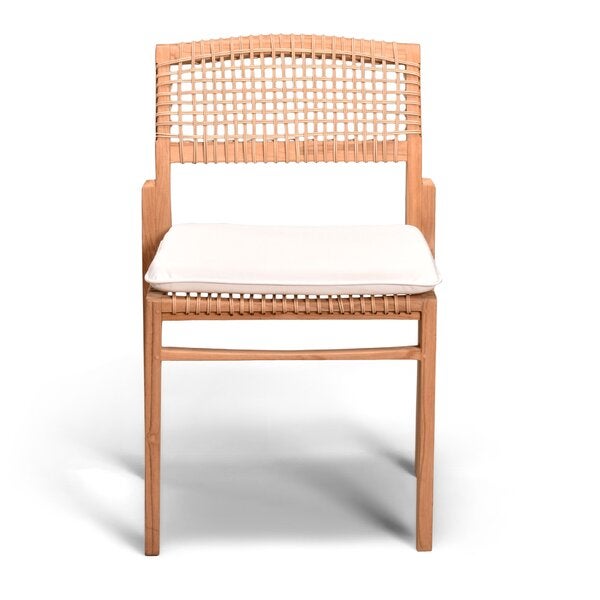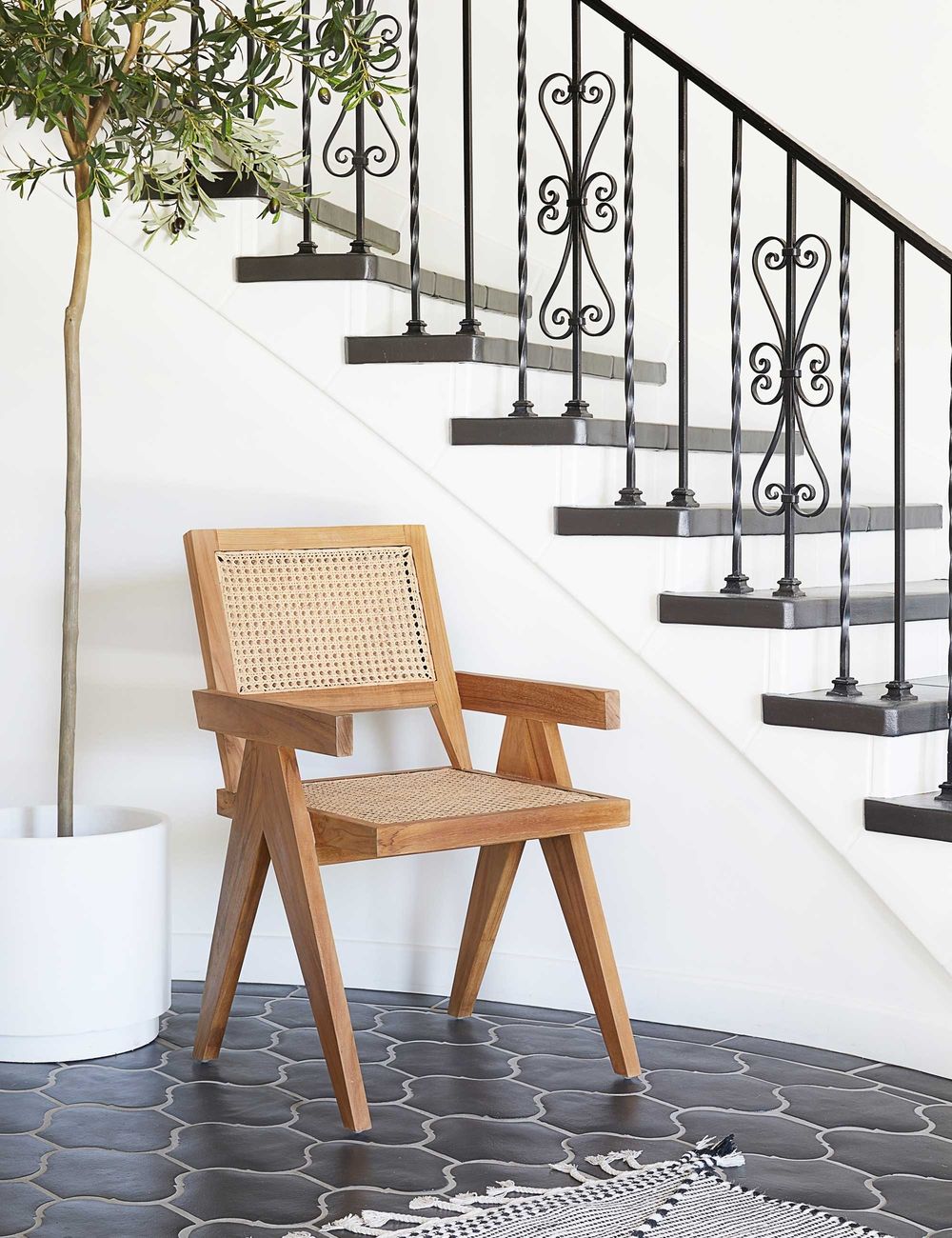It was about a week ago when I first started to notice a familiar-looking furniture piece frequenting my Instagram; it appeared on my feed, my discover page, and in several stories of people that I follow. It was a simple yet undeniably
chic wooden chair, distinguished by its woven-wicker back and warm honey hues. It was not a seat made to curl up and read a book in, but rather a seat to intentionally display as it unassumingly occupies space next to a napping cat on
a colorful geometric rug. At first, I chalked it up to a targeted advertisement — I had been
looking for a new desk chair and spent most of the previous week browsing second-hand sites with similar styles. But then I began to see the chair several times a day for over a week and could no longer shake the growing feeling that what I would soon learn to be called "the caning chair" was
everywhere. While caning chairs are nothing new to those with an affinity for interior design, their recent social-media takeover has been a real shock to the system for those of us less familiar with the origins of the popular mid-century-inspired seating. So, I decided to ask around in order to get a clearer picture of the chair’s origins — below I cover the who, what, when, where, and why of this sudden-trend surge.








